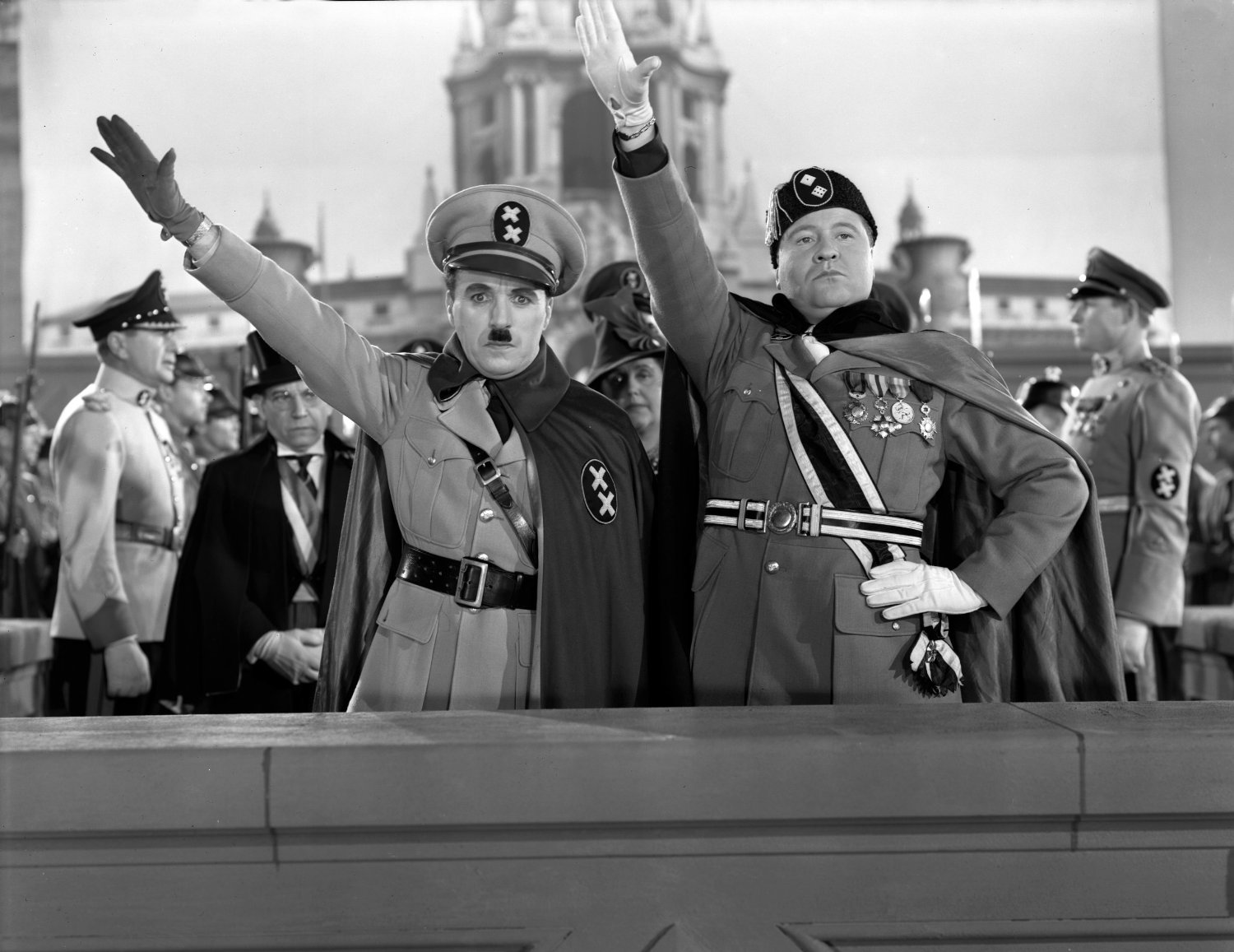Post originally written in April 2013. Images are not my own.
To the Wonder maintains the eternal significance of ordinary people depicted in Malick's previous film, The Tree of Life, but it is more anchored in the biographical details, ignoring dinosaurs and nebulas and beaches full of angels. It is a very real, honest film.
The film centers around Maria and Neil, a couple who meet in Pairs, the city of love. The passion of that city is echoed in the way they caress each other. But moving from the romance of Pairs to ordinariness of Oklahoma they have to face the equally messy details of life together. Can their relationship be sustained by their caresses and touches or is the foundation of their love stronger and deeper? Intersecting their storyline is that of Father Quintana, the priest of their local parish, who is also wrestling the foundation of the love that he is pouring out to his community.
Malick’s eye is what drew me into film and it is what kept me captivated. Pairs is easy to photograph, but when the camera turns to Oklahoma, the director’s brilliance is especially apparent. The setting is so much like the town I grew up in; endless sky and new houses with fresh carpets, oil wells and cheap motels, tall golden grasses at the edge of the never-content suburbs. So ordinary, so easily tossed aside while lived in, until the camera sees it anew and breathes it with significance. This drawing of attention to the beauty in our peripherals is what I try to do with an iPhone and Instagram every day and it was stunning to see it done by the master.
But these details are laden with biographical and spiritual weight. The story of the rise and fall two lovers whose relationship was birthed, but not sustained, by passion is contrasted by the relationship of a priest with his community and his God. Maria and Neil are shown with honesty and heartache. They know they should commit to marriage, but can’t due to a religious rule, or their own fear of failure, or both. An especially real portion of their tale comes when Maria, spurred by the advice of a friend, commits adultery in an Econo Lodge Motel. Never has a sex scene been with infused with such gravity and danger. Such an act was wrong, and Malick wants us to know it. Maria repents to her now husband and the way he wrestles with forgiveness is achingly real. Their relationship was based off passion and his trials reveal this foundation.
Quintana has his own doubts. The loneliness of his life of outpouring is reveled as he visits the dirty houses and broken bodies of destitute people, Bible in hand, speaking truth and comfort into the lives of his flock. All that giving takes its toll and the shepherd cries out to his God in a beautiful monologue. In the end his strength is shown to be found in the one he serves. “Christ with me, Christ before me, Christ beneath me, Christ above me” he prays as the camera shows him visiting those in locked cells. “Christ at my right, Christ at my left. Christ in the heart, thirsting, we thirst. Flood our souls with your spirit and life, so completely that our lives may only be a reflection of you.”
This is a film honest in his portal of faith and relationships. It offers warning to those who go at them lightly and comfort for those afraid of insignificance. Although at times some certainty could been used (or maybe some ice water in the face of a voiceover too enraptured with self-love.) But ultimately it is a film about the fabric of daily life and I hope becomes part of the fabric of mine.






